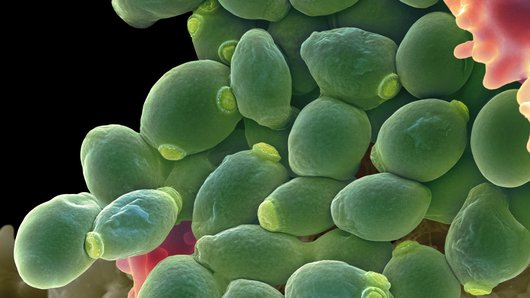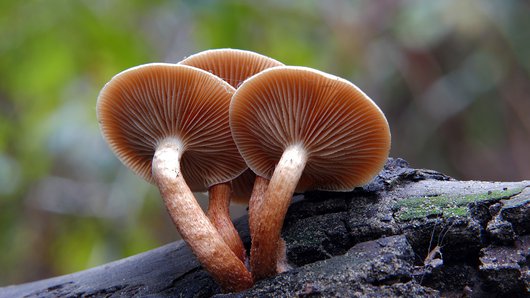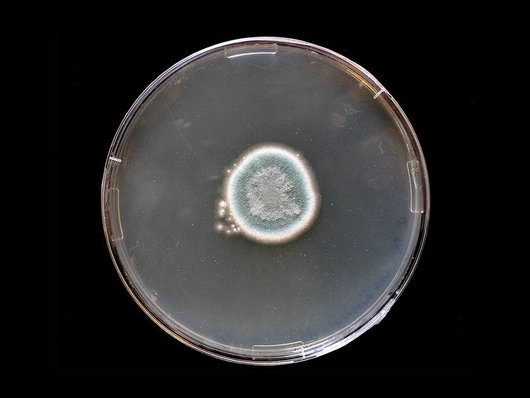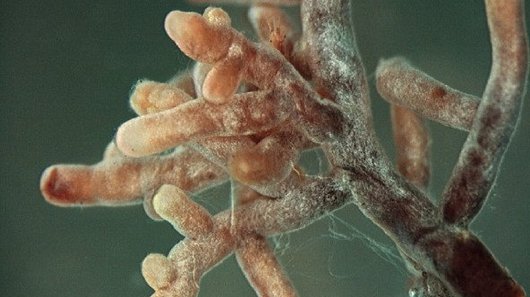What is a fungus?
Fungi are eukaryotic micro-organisms. In taxonomy, they form their own realm: the Fungi. This realm contains enormous diversity, although little is known about the number of species of fungi. Estimates range from 1.5 million to 5 million species. Of these, only about 5% have been classified.




